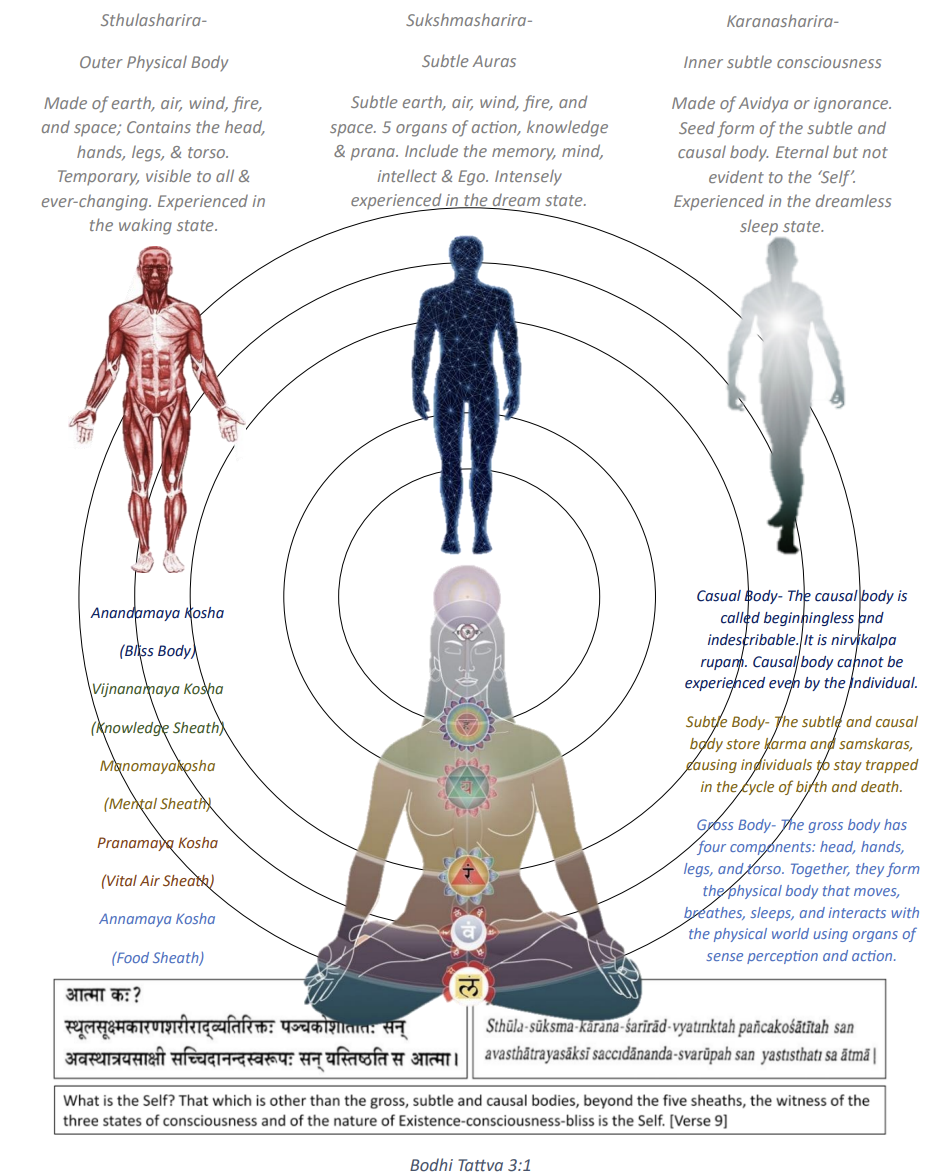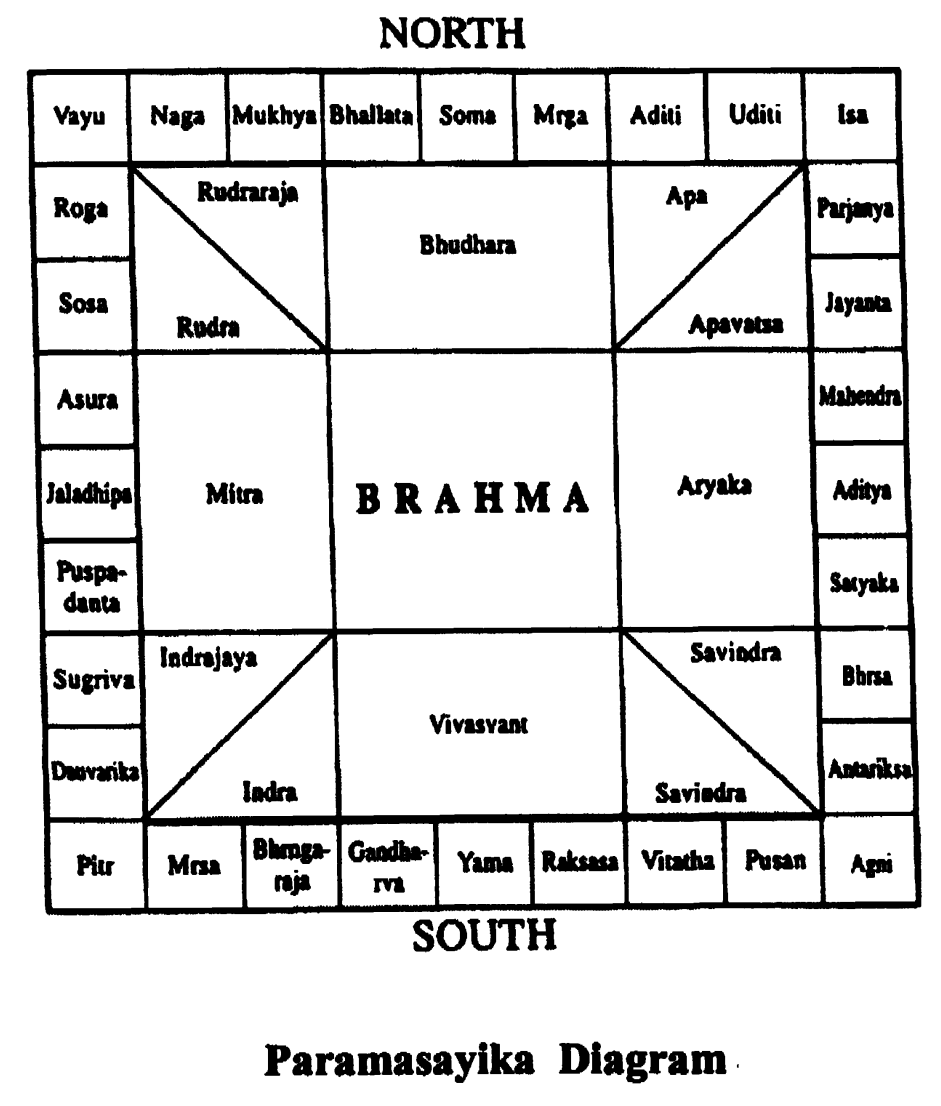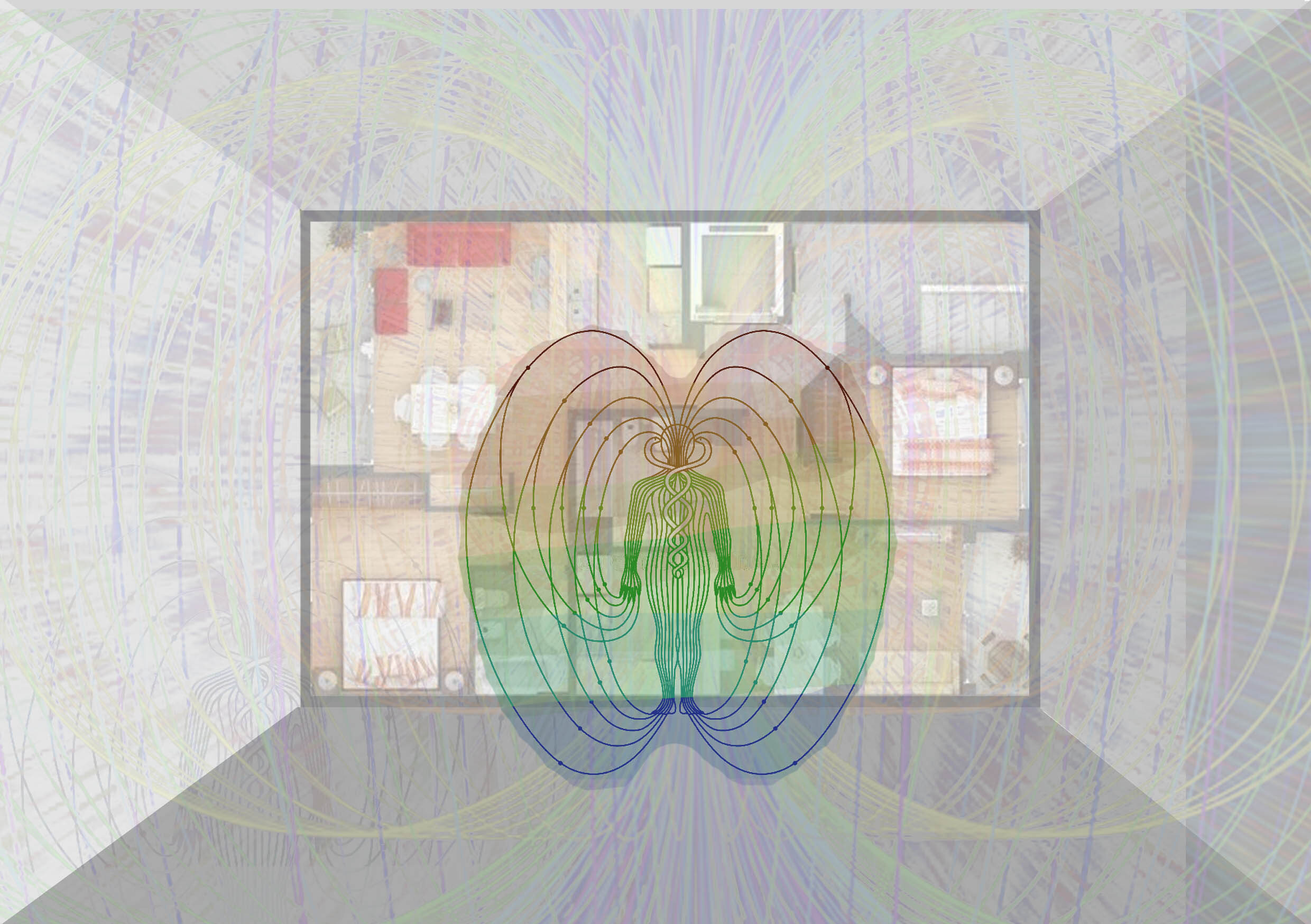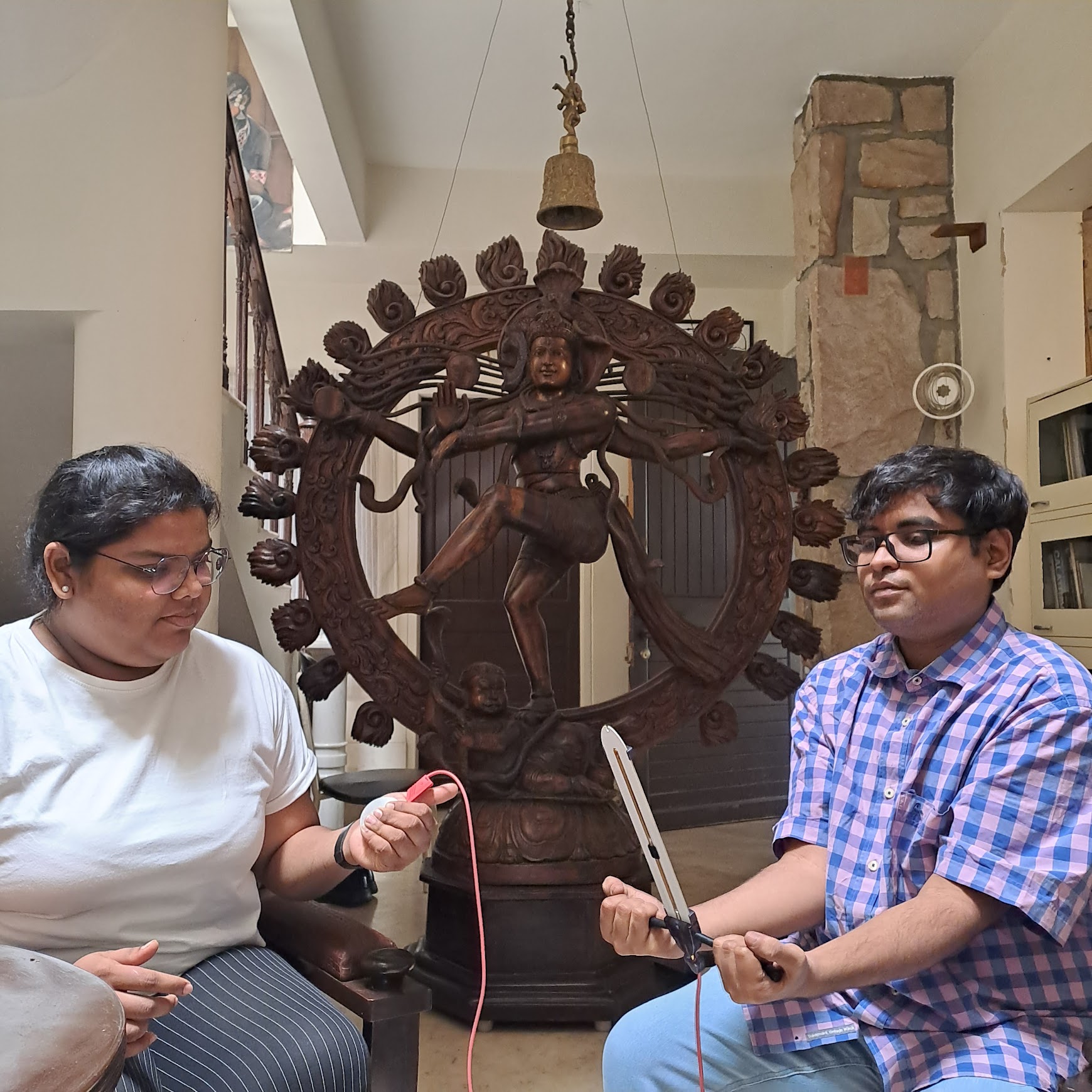Designing a Vaastu-inspired home involves integrating ancient Indian architectural principles for harmony and energy balance without succumbing to superstitions. This article explores why understanding these steps is crucial, what energetic space seekers can gain from this knowledge, how to implement these steps effectively, and the potential consequences of neglecting to integrate Vaastu principles into home design.
Vaastu Shastra emphasizes the importance of spatial harmony and energy flow within homes. Understanding practical steps to design a Vaastu-inspired home allows seekers to optimize room layouts, furniture placements, and architectural features for balanced energy circulation. Practical steps in Vaastu-inspired design enhance the functionality and comfort of living spaces. By aligning room functions with Vaastu principles—such as placing bedrooms in favorable directions and optimizing natural light—seekers can improve usability and comfort within their homes. Understanding practical steps allows seekers to honor this heritage while adapting principles to modern living. By integrating cultural wisdom into home design, individuals can create spaces that reflect cultural identity, spiritual values, and respect for ancient knowledge.

Do you seek this too?
Enhanced Energy Flow and Vitality
Improved Quality of Life
Cultural Connection and Spiritual Alignment
Reduced stress and anxiety
Improved sleep quality
Enhanced focus and concentration
Stronger relationships with loved ones
Improved communication skills
Enhanced empathy and compassion
3 Practical Steps to Design a Vaastu-Inspired Home
1. Understand and Apply Directional Zoning
Directional zoning is one of the core principles of Vaastu Shastra. It involves aligning the various functional areas of your home with the corresponding cardinal directions. Here’s how you can practically implement this:
Key Areas and Their Ideal Directions:
Northeast (Ishan): Ideal for meditation rooms, pooja rooms, and water elements like fountains or wells. This direction is associated with calmness and spirituality.
East (Purva): Best for the main entrance or windows. The rising sun brings positive energy, making the mornings vibrant and energizing.
Southeast (Agneya): Suitable for the kitchen or dining area. This direction is associated with fire, making it perfect for cooking activities.
South (Dakshin): Ideal for bedrooms and living rooms. It promotes relaxation and restfulness.
Southwest (Nairitya): Suitable for master bedrooms and storage rooms. This direction provides stability and strength.
West (Paschima): Good for children's bedrooms, study rooms, and bathrooms.
Northwest (Vayavya): Ideal for guest rooms, bathrooms, and storage.
North (Uttara): Best for business or workspaces. It is associated with prosperity and financial growth.

Practical Tips:
Align Functional Areas: When designing your home, align the functional areas with the corresponding directions. This ensures that each space benefits from the natural energies associated with that direction.
Avoid Superstitions: Focus on the practical aspects of directional zoning rather than superstitious beliefs. Directions matter because these are indicators that inform us about sun's path, wind direction, earth's magnetic field and also the positon of stellar bodies. All these natural attributes contribute to healthy indoor environment.
2. Balance the Five Elements (Panchamahabhoota)
Balancing the Panchamahabhoota—earth, water, fire, air, and space—is essential for creating a harmonious living environment. Here’s how you can achieve this balance:
Practical Implementation:
Earth (Prithvi): Use earthy materials like wood, clay, and natural stones for furniture and flooring. Incorporate indoor plants to bring in the grounding energy of earth.
Water (Jal): Place water features such as fountains or aquariums in the northeast direction to enhance the flow of positive energy. Ensure there are no water leaks or stagnation, as this can disrupt the energy balance.
Fire (Agni): Position the kitchen in the southeast direction. Use appropriate lighting to enhance the fire element, ensuring rooms are well-lit and warm.
Air (Vayu): Ensure good ventilation by having ample windows and open spaces. Use light, breathable fabrics for curtains and upholstery to facilitate air circulation.
Space (Akash): Keep the center of the home (Brahmasthan) clutter-free to allow the free flow of energy. Use mirrors strategically to create a sense of space and openness.


Practical Tips:
Use Natural Materials: Incorporate natural materials and elements in your home design. This not only balances the five elements but also creates a healthier living environment.
Avoid Superstitions: Focus on the scientific aspects of balancing the elements rather than superstitious practices. For instance, these 5 elements can largely contribute to psychology of space and it’s inhabitants. Presence of earthy elements makes people humble, water elements makes them tranquil, fire makes them energetic, air contributes to clarity of mind and space keeping some openness.
3. Understand and Harmonize Bio-Energies
Our bodies have five major energies: Cosmic, Global, Telluric, Centripetal, and Centrifugal. These energies interact with our environment and can significantly impact our well-being. Here's how to practically integrate this understanding into your home design:
Key Bio-Energies and Their Impact:
Cosmic Bio-Energies: These energies vibrate from the top of your head to your throat and influence creativity, innovation, and learning abilities. High positive cosmic energies can make you smart and expressive, while low or negative cosmic energies can lead to mental exhaustion and frustration.
Global Bio-Energies: Vibrating from your throat to below your navel, these energies affect health, digestion, relationships, and emotions. Imbalanced global energies can lead to health issues and emotional instability.
Telluric Bio-Energies: Vibrating from your navel to your feet, these energies facilitate stability, professional success, and financial flow. Low telluric energies can result in instability and financial difficulties.
Centripetal Bio-Energies: Indicate your capacity to absorb from the world. and Centrifugal Bio-Energies: Indicate your capacity to emit back to the world.
Practical Implementation:
Evaluate and Balance Energies: Use tools like the H3 Gold Lecher Antenna to measure the bio-energies of both the inhabitants and the space. Ensure that the design of your home enhances positive energies and mitigates negative ones.
Mitigate Environmental Aggressions: Reduce exposure to electromagnetic fields (EMF), noise pollution, and other modern environmental aggressions. This can involve strategic placement of electrical devices, soundproofing, and using materials that block or absorb harmful radiations.
Create a Harmonious Environment: Ensure that your home supports the natural bio-energies of its inhabitants. This might involve creating quiet spaces for relaxation, using colors and materials that enhance positive energies, and maintaining good air quality.

Practical Tips:
Monitor Bio-Energies: Regularly check and balance the energies in your home to ensure a harmonious living environment. This proactive approach can help prevent health issues and emotional imbalances.
Avoid Superstitions: Focus on the practical and measurable aspects of bio-energies rather than superstitions. Understanding the scientific basis of these energies can help you make informed decisions about your home environment.
How Should Energetic Space Seekers Implement This?
To design a Vaastu-inspired home effectively, seekers should educate themselves about fundamental Vaastu principles and guidelines. Implementing Vaastu-inspired design involves applying principles practically within home layouts and decor choices. Seekers should evaluate their home's current design, identify areas for improvement based on Vaastu principles, and make gradual adjustments. Seekers may benefit from collaborating with interior designers or architects experienced in Vaastu-inspired design. These professionals can provide tailored recommendations, create customized floor plans, and suggest decor solutions aligned with Vaastu principles. Collaborative efforts ensure that design choices harmonize aesthetics with energy considerations for optimal results.

Poorly planned room layouts, obstructed pathways, or disharmonious decor choices can create energetic blockages and stagnant areas. These disruptions may impact residents' energy levels, mood, and overall sense of well-being negatively. Failure to align with Vaastu principles may reduce comfort and functionality within the home. Neglecting Vaastu-inspired design prevents seekers from embracing spiritual opportunities within their homes. Disconnection from cultural wisdom, sacred symbolism, and spiritual practices may limit the depth of cultural identity and spiritual fulfilment experienced within living environments.
In conclusion, understanding and implementing practical steps to design a Vaastu-inspired home offers significant benefits for energetic space seekers aiming to create harmonious, culturally resonant, and energetically balanced living environments. By integrating Vaastu principles thoughtfully, individuals can enhance energy flow, promote well-being, and honor cultural heritage within their homes. Through education, practical application of principles, and collaboration with design professionals, seekers can achieve homes that support vitality, comfort, and spiritual alignment. Conversely, neglecting to integrate Vaastu-inspired design may lead to disrupted energy flow, reduced comfort, and missed cultural and spiritual opportunities within living spaces. Therefore, embracing Vaastu-inspired principles provides a holistic approach to designing homes that nurture physical health, emotional well-being, and cultural connection.